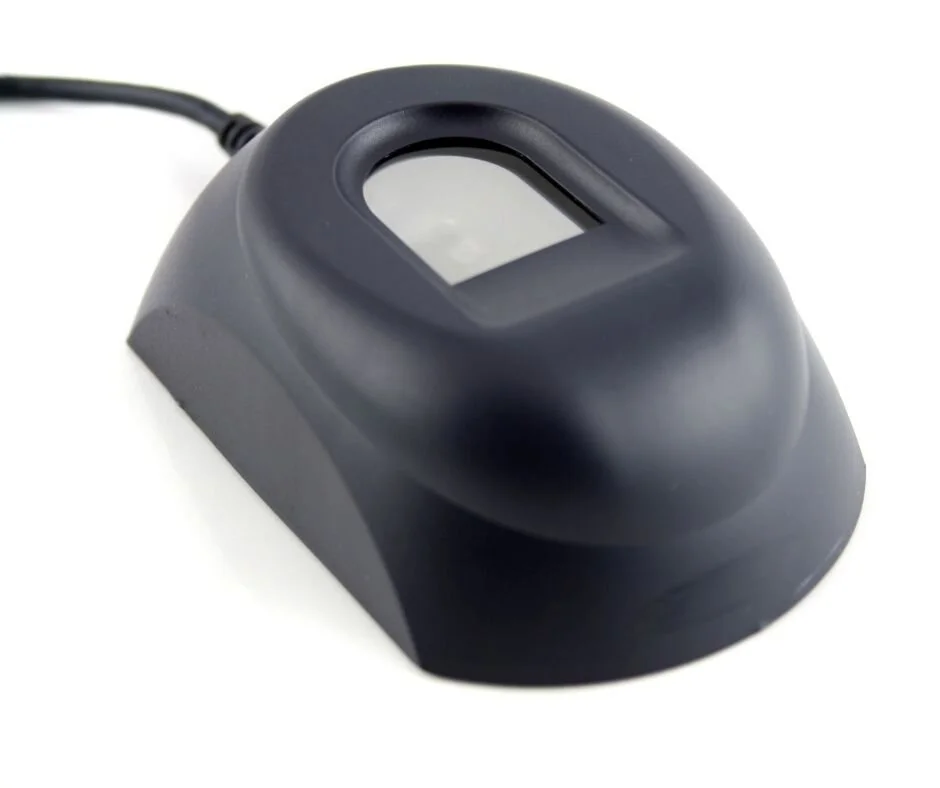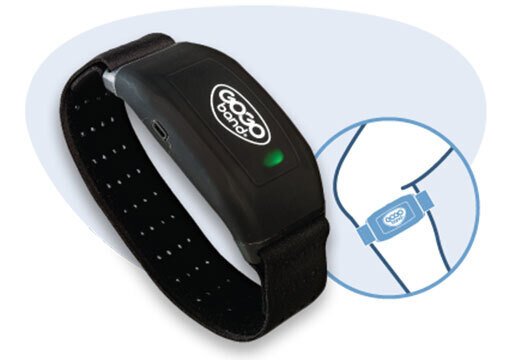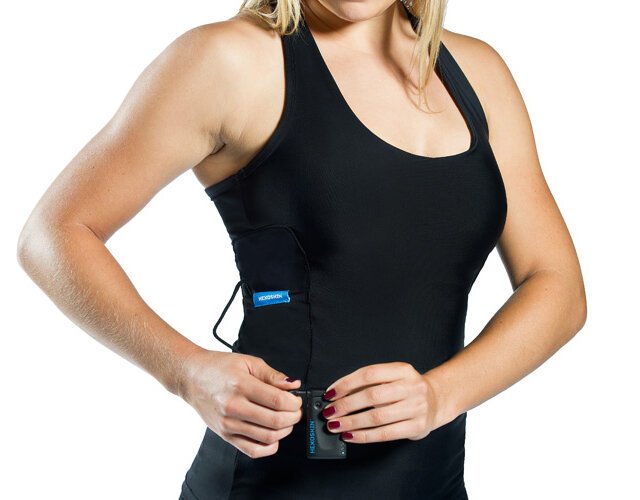From the Toolbox: Biometric Sensors
There are all kinds of sensors out there: temperature sensors, proximity sensors, pressure sensors, chemical sensors, and the list goes on. One type of sensor rarely makes the list, however, and that’s biometric sensors. They are typically used for purposes that involve the human body and touch, and are particularly powerful in areas such as healthcare and safety. We would like to clear up some of the mystery and confusion surrounding biometric sensors, and hopefully illustrate just how impactful they can be.
What are Biometric Sensors?
A biometric sensor is a transducer that is used to collect biometric data—or biometric signals—from the human body. In many applications, they are used to verify and authenticate data to grant access to a place or platform. However, because most of our work is done in more “tangible” applications such as wearables, we will be discussing the use of biometric sensors in areas like healthcare and automotive.
How Do Biometric Sensors Work?
Biometric sensors obtain two types of data: physiological biometrics and behavioral biometrics. The sensor obtains this data through two processes called identification and verification. When the body comes in contact with the biometric sensor, the system identifies the user and verifies their identity.
Biometric sensors can be used in other ways, however. For example, collecting health-related information and monitoring changes in behavior. Biometric Monitoring Devices (BMDs) collect biometric data from various parts of the body (typically where there is a heartbeat or other activity), processes that data, and then turns the data into measurable metrics like blood oxygen saturation or blood pressure.
Components of Biometric Sensors
The biometric sensor is also referred to as the “Input Interface.” In most BMDs, there may be semiconductors or optical sensors embedded within. These can contain a combination of metal and silicon components. However, those used in wearable devices—such as health-monitoring clothing— are typically made of a combination of conductive materials and nanowires.
Biometric Sensors vs. Pressure Sensors
Biometric sensors and pressure sensors can be used together in many ways, but they are a bit different in how they work individually. For starters, biometric sensors collect and interpret data from the body--without the need for direct pressure. Whereas pressure sensors must have an applied force to function. However, capacitive pressure sensors and biometric sensors are not all that different. Capacitive sensors measure changes in electrical capacitance that occur because of movement, and then produce an action based on that movement. The main difference between these two sensors is capacitive sensors do not require some form of bodily contact like most biometric sensors do. Capacitive sensors can operate with the lightest touch or hover.
Uses for Biometric Sensors
Biometric sensors can be used in everything from fingerprint scanners to medical wearables. For the sake of this article, we will be focusing on wearable applications. Here are just a few examples:
MEDICAL WEARABLES
Biometric sensors are commonly used in medical wearables to monitor vital signs, provide patient data, and aid in the diagnosis and treatment of conditions. One of the more popular Biometric Monitoring Devices is the GOGO Band. The GOGO Band solves children’s Enuresis (bedwetting) by detecting the body’s natural biometric patterns, and alerting the user when the bladder is full. Patients have seen life-changing results in 3 to 6 months with this product.
CONSUMER WEARABLES
Biometric sensors are commonly used in consumer wearables; specifically, biometric clothing (also called smart clothing) and smartwatches. In biometric clothing, these sensors are used to track data related to exercise, stress signals, and other physiological and behavioral patterns. One of our personal favorites is Hexoskin. Hexoskin is a line of smart shirts that continuously, and comfortably, monitors heart rate, respiratory rate, and activity. All the data can be viewed by users and shared with physicians in the Connected Health Platform.
HEARABLES
Several companies have been experimenting with the use of biometric sensors in hearing aids and other in-ear devices. When used in these devices, biometric sensors can measure body temperature, motion, and heart rate, among other metrics. Bodytrak, for example, has included all these features and more in their non-invasive in-ear device. All data obtained from the device is sent to a platform, which can detect health and safety concerns and alert those who can help.
INTERESTED IN EXPERIMENTING WITH SENSING TECHNOLOGY? SHOP THE FOLLOWING PROTOTYPING-FRIENDLY SENSORS FROM OUR FRIENDS AT SPARKFUN!
Our Single Pressure Sensor gives you an analog read that maps to force on the sensor. The more you press, the lower the resistance goes--making it ideal for on-body sensing like rib cage expansion for breathing.
The Loomia Mini Pressure Matrix has six leads, allowing you to map which point you are at in the 3x3 matrix. Each area has an analog readout that varies depending on the force.
The MyoWare Muscle Sensor measures the filtered and rectified electrical activity of a muscle. You can even attach biomedical sensor pads to this new and improved version!
The Pulse Sensor Amped can be used by students, artists, athletes, makers, and game & mobile developers who want to easily incorporate live heart-rate data into their projects.




